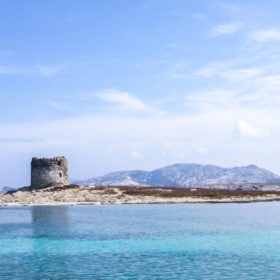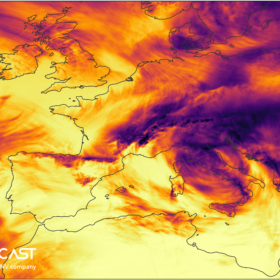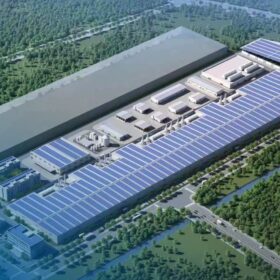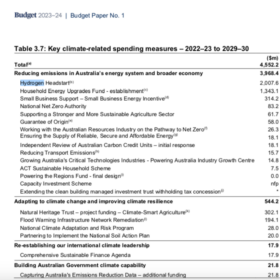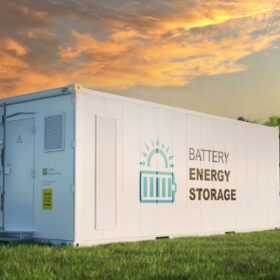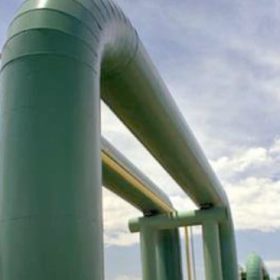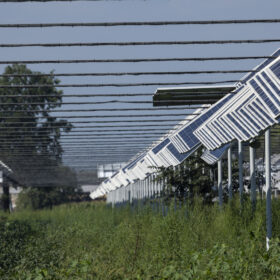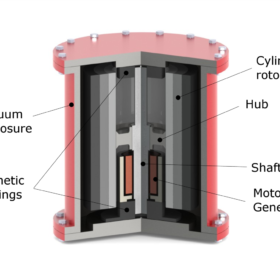Large-scale PV business still see growth in Italy
Italy has secured 939 MW of new PV projects, with Spanish group Repsol alone planning 825 MW of solar development, including its first two arrays in Puglia. Comal and Sonnedix have likewise unveiled new PV projects in Sardinia and Lazio.
Storm Minerva hits solar power generation in Italy
In a new weekly update for pv magazine, Solcast, a DNV company, presents the solar irradiance data it collected for Italy in May. These data show that, during the Storm Minerva, solar PV production in Italy and the TransnetBW ISO region in southern Germany was significantly depressed from previous days. Conversely, wind power trended high, due to the intense and widespread nature of the system.
FuturaSun to start PV cell production with 10 GW solar factory in China
FuturaSun is betting on a vertical integration strategy with the launch of a 10 GW solar cell factory in Huai’an, China. It aims to start production in spring 2024.
The Hydrogen Stream: Australia to invest $1.35 billion in hydrogen
The Australian government has presented its 2023-2024 budget, with AUD 2 billion ($1.35 billion) to be invested in hydrogen, while Austria, Germany, and Italy said they have started moving forward on a southern hydrogen corridor from North Africa to Northern Europe.
Italian government streamlines another 593 MW of agrivoltaics
The Italian cabinet has approved 13 agrivoltaic projects in the southern regions of Apulia and Basilicata.
Clementy Group terminates €95 million proposal to invest in Fimer
Clementy Group – a UK-based investment firm – has decided to scrap its plans to invest €95 million ($104.5 million) in Fimer, as the Italian inverter maker’s shareholders have reportedly failed to issue shares that were needed for the investment. Fimer originally filed for creditor protection in February 2022.
Europe’s big battery fleet to surge to 95 GW by 2050, says research firm
According to Aurora Energy Research, Europe is on track to install at least 95 GW of grid-scale battery energy storage systems by 2050, up from 5 GW of installed capacity today, and representing more than €70 billion ($76.9 billion) of investment.
The Hydrogen Stream: Chinese companies push for hydrogen transport
CNPC and Sinopec are working on transporting hydrogen via pipelines, while Matrix Renewables has expanded its green hydrogen partnership with Rolwind Renovables.
Italy sets new provisions for innovative agrivoltaics
The European Commission is now reviewing Italy’s new rules on agrivoltaics. They define which “innovative agrivoltaic systems” are entitled to the Italian government’s €1.1 billion ($1.2 billion) incentive scheme for agrivoltaics.
Battery hydrogen vs. battery flywheel
Scientists in Italy have looked at how flywheel storage and reversible solid oxide cells could be integrated with lithium-ion batteries in minigrids powered by solar. They found that flywheels combined with batteries could be the cheapest option for power smoothing.
